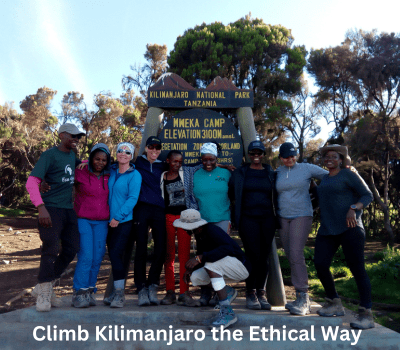Bathroom on Mountain Kilimanjaro: What to Expect and How to Prepare
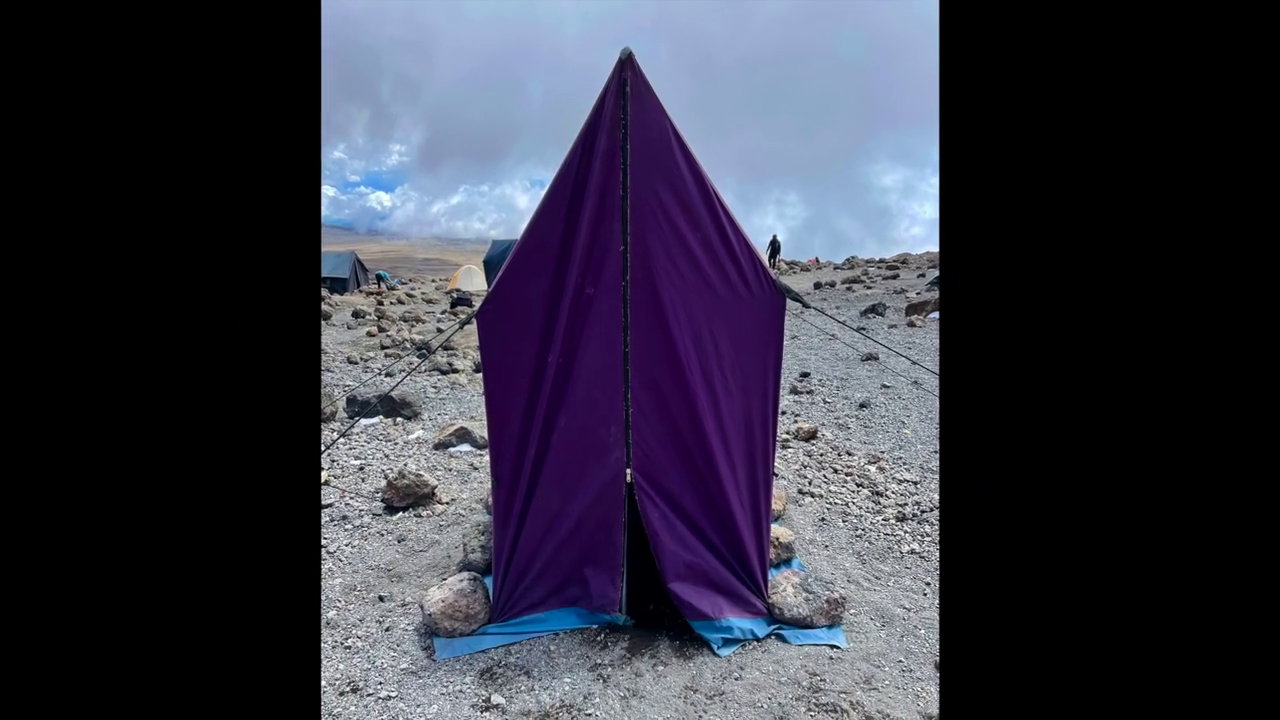
Introduction
One of the most common — and least discussed — questions from people preparing to climb Kilimanjaro is: “What about the bathrooms?” You’re trekking for 6 to 9 days through remote terrain with no hotels, no flush toilets, and no plumbing. So how exactly do you take care of business on the mountain?
Whether you’re worried about hygiene, privacy, or comfort, this article will break down everything you need to know about bathrooms on Mount Kilimanjaro. From the public long drops to private toilet tents, we’ll explain what’s available, what to pack, how to stay clean, and how to avoid bathroom-related stress. And most importantly, we’ll show you why choosing a responsible, high-standard operator like Eco-Africa Climbing makes a massive difference in your bathroom experience.
What Kind of Toilets Exist on Kilimanjaro?
Let’s be honest: there are no luxury restrooms at 4,000 meters. But there are a few options for bathroom use, depending on your trek style and operator.
1. Public Long Drop Toilets
These are simple pit latrines constructed at most campsites along Kilimanjaro’s routes. They’re shared by all climbers and typically consist of a wooden or concrete structure with a hole in the ground.
- No running water
- Smell can be strong
- Privacy is okay, but cleanliness varies
- Used by 100+ trekkers per day in peak season
Many climbers try to avoid these toilets unless absolutely necessary. The biggest complaint is the smell and lack of sanitation supplies like toilet paper or hand-washing stations.
2. Private Portable Toilet Tents
This is the top-tier option — available only through premium outfitters like Eco-Africa Climbing. These toilet tents offer a clean, private space with a chemical or bucket toilet and regular cleaning by a dedicated toilet porter.
- Complete privacy — it’s your personal bathroom during the trek
- Cleaned and sanitized daily
- Toilet seat, toilet paper, and hand sanitizer included
- No lines, no stress — and a massive upgrade in comfort
If you’re serious about hygiene and want a much better mountain experience, choose a company that offers this.
What About “Nature Toilets” Along the Trail?
During long trekking hours between camps, you won’t always be near a built toilet — so yes, sometimes you’ll need to go in the wild. This is totally normal and accepted in trekking culture, as long as you do it responsibly.
Here’s how to handle it right:
- Find a spot at least 100 feet from water sources and the trail
- Ask our guide to provide you small trowel to dig a small hole (“cathole”)
- Bury solid waste; pack out used toilet paper in zip-lock bags
- Always carry hand sanitizer and wipes
This is where proper gear really matters — and we’ll cover exactly what to pack in the next section.
What to Pack for Bathroom Comfort on Kilimanjaro
Let’s be real — when nature calls on the mountain, you want to be ready. While your operator provides the toilet setup, your personal hygiene and comfort depend on what you bring. Below is a list of essential bathroom and sanitation gear you should pack for Kilimanjaro.
Your Essential Kilimanjaro Bathroom Kit:
- Toilet paper: Bring 2–3 rolls in a waterproof bag or container
- Wet wipes: Biodegradable wipes are useful for cleaning and staying fresh
- Zip-lock bags: To carry used toilet paper and sanitary products until proper disposal
- Hand sanitizer: At least two small bottles (one for your daypack, one for your duffel)
- Travel-sized biodegradable soap: For basic hand washing at camp
- Portable urinal bottle (for men or women): Especially helpful on cold nights
- Feminine hygiene supplies: For women, bring extra and plan to pack out all waste
- Trowel or shovel: Optional but helpful for cathole digging if you’re between camps
Want a full packing checklist for your entire trek? Check out this:
Kilimanjaro Gear List
For women, here’s a specific resource to help with planning:
Women’s Kilimanjaro Packing Guide
Hygiene Hacks to Stay Fresh and Healthy
Let’s face it — you’re not taking a shower at 4,600 meters. But that doesn’t mean you can’t stay clean. Here are the top hygiene tips to avoid infection, stay comfortable, and feel good about yourself every day.
- Use wet wipes daily: Wipe down your hands, face, underarms, and feet
- Change your underwear and socks often: These are the biggest sources of odor and discomfort
- Use hand sanitizer before eating or after using the toilet
- Keep your used toilet paper in double zip-locks: Especially important on trails with “Leave No Trace” policies
- Bring a small camp towel or microfiber cloth: For quick sponge baths using warm water from your crew
Eco-Africa Climbing provides warm water for washing at camp every day, so use it! Staying clean isn’t just about comfort — it helps prevent infections, rashes, and illness.
Common Bathroom Mistakes (And How to Avoid Them)
A lot of first-time trekkers don’t realize how important it is to plan for bathroom use on the mountain. Here are the top mistakes you should avoid — and how to fix them:
- Only packing one roll of toilet paper: Always bring extra — it runs out fast.
- Not bringing zip-lock bags: You MUST pack out all toilet paper and hygiene waste.
- Ignoring hydration: Some people drink less to avoid bathroom breaks. This increases the risk of altitude sickness.
- Wearing tight clothing: Make sure your hiking pants and thermals are easy to take on and off in a hurry.
- Skipping sanitizer: Germs spread fast in camp. Keep your hands clean to avoid GI issues.
You’re not climbing for style — you’re climbing for strength. Think practically, prepare wisely, and you’ll stay comfortable all week.
What Happens at Night When You Need the Bathroom?
Nature doesn’t follow a schedule — and needing to pee in the middle of a freezing night is one of the most common challenges on Kilimanjaro. The higher you go, the more your body reacts to altitude by increasing urination. Plus, staying hydrated means frequent nighttime bathroom trips.
Your options at night:
- Walk to the public toilet: You’ll need to bundle up and head to the latrine — not fun when it’s -10°C and windy.
- Use your private toilet tent (if provided): A much easier and warmer option when climbing with Eco-Africa Climbing.
- Use a pee bottle inside your tent: Bring a wide-mouth bottle and mark it clearly — very
- Use a pee bottle inside your tent: Bring a wide-mouth bottle and mark it clearly — very useful when it’s freezing outside and you’re too tired to leave your sleeping bag.
Women can use a female urination device (FUD) like a Shewee or Freshette to make nighttime relief easier and more discreet. Pair it with a pee bottle or zip-lock bag, and you’ll save yourself from cold, dark walks.
Just remember: whatever you use inside your tent, pack it properly and empty it discreetly in the morning.
Summit Night Bathroom Challenges
Summit night is by far the coldest, longest, and most mentally challenging part of the climb. You’ll leave your camp around midnight and trek to the summit for 6–8 hours in the dark. Naturally, many climbers worry about bathroom access during this critical time.
Here’s what to expect:
- There are no built toilets: The trail to the summit has no facilities between base camp and Uhuru Peak.
- Plan ahead: Use the bathroom before departure, and limit liquids after dinner the night before.
- Emergency stops: If you need to go, your guide will help you find a discreet place on the trail (behind rocks or terrain).
- Carry wipes and bags: Always pack out what you bring in — even toilet paper or hygiene items.
Most importantly: don’t skip hydration or hold it too long. Dehydration on summit night increases your risk of altitude sickness. Just talk to your guide — they’ve seen it all.
Eco-Africa Climbing’s Sanitation Standards
This is where your choice of trekking company really matters. Eco-Africa Climbing is one of the few Tanzanian companies that takes sanitation seriously, going far beyond the minimum required by park regulations.
Here’s what you get with Eco-Africa Climbing:
- Private toilet tent provided for every group, cleaned and emptied daily
- Dedicated toilet porter for setup, sanitation, and maintenance
- Daily hygiene support: Warm water for hand washing and personal care
- Toilet paper and hand sanitizer always stocked
- Feminine care support: Staff trained to assist female trekkers with privacy and dignity
Eco-Africa Climbing doesn’t just build great climbs — they build trust by respecting your comfort, privacy, and health from start to summit.
Want to book a climb that doesn’t skimp on bathroom care?
Contact Eco-Africa Climbing Today
Final Word: Bathroom Worries Shouldn’t Stop Your Summit
Let’s face it — bathroom concerns on Kilimanjaro are totally normal. Everyone thinks about it, and honestly, it’s one of the least glamorous but most important parts of the trek. But with a little planning, smart packing, and the right trekking company, you can stay clean, comfortable, and confident all the way to Uhuru Peak.
When you trek with a premium operator like Eco-Africa Climbing, you’re not squatting in the dirt or waiting in line at unsanitary latrines. You’ll get:
- Private toilet tents with cleaning crew
- Warm water for daily washing
- Supportive guides who understand comfort and privacy
- Full hygiene protocols for a safe, respectful experience
Don’t let the bathroom question hold you back. You’ve got everything you need to summit — and Eco-Africa Climbing has your back every step (and squat) of the way.
Helpful Resources for a Cleaner Climb
FAQs: Bathroom Use on Mount Kilimanjaro
Are there flush toilets on Kilimanjaro?
No. Most camps have pit latrines, but private toilet tents are available through premium operators like Eco-Africa Climbing.
Can I bring my own toilet tent?
Technically yes, but it’s much easier to use the one provided by your trekking company — if they offer one. Eco-Africa includes it with every package.
What do women do about periods on the mountain?
Bring your preferred sanitary products and pack out all waste in zip-lock bags. Eco-Africa’s team is trained to provide support respectfully.
Do toilet tents smell bad?
Not when cleaned regularly. Eco-Africa’s toilet porters sanitize them daily and manage waste properly.
What if I have stomach issues during the climb?
Let your guide know immediately. You’ll be supported, and medication is available if needed. Bring anti-diarrheal meds in your kit just in case.
Ready to Climb with Comfort?
There’s no shame in wanting a clean, private place to do your business — even at 5,000 meters. That’s why hundreds of climbers choose Eco-Africa Climbing for their commitment to safety, comfort, and 7-star service on the Roof of Africa.
Book your ethical, comfortable, and fully-supported Kilimanjaro trek today:
Contact Eco-Africa Climbing
Share:
Related Posts

bathroom on mountain kilimanjaro
Bathroom on Mountain Kilimanjaro: What to Expect and How to Prepare Introduction One of the most common — and least discussed — questions from people
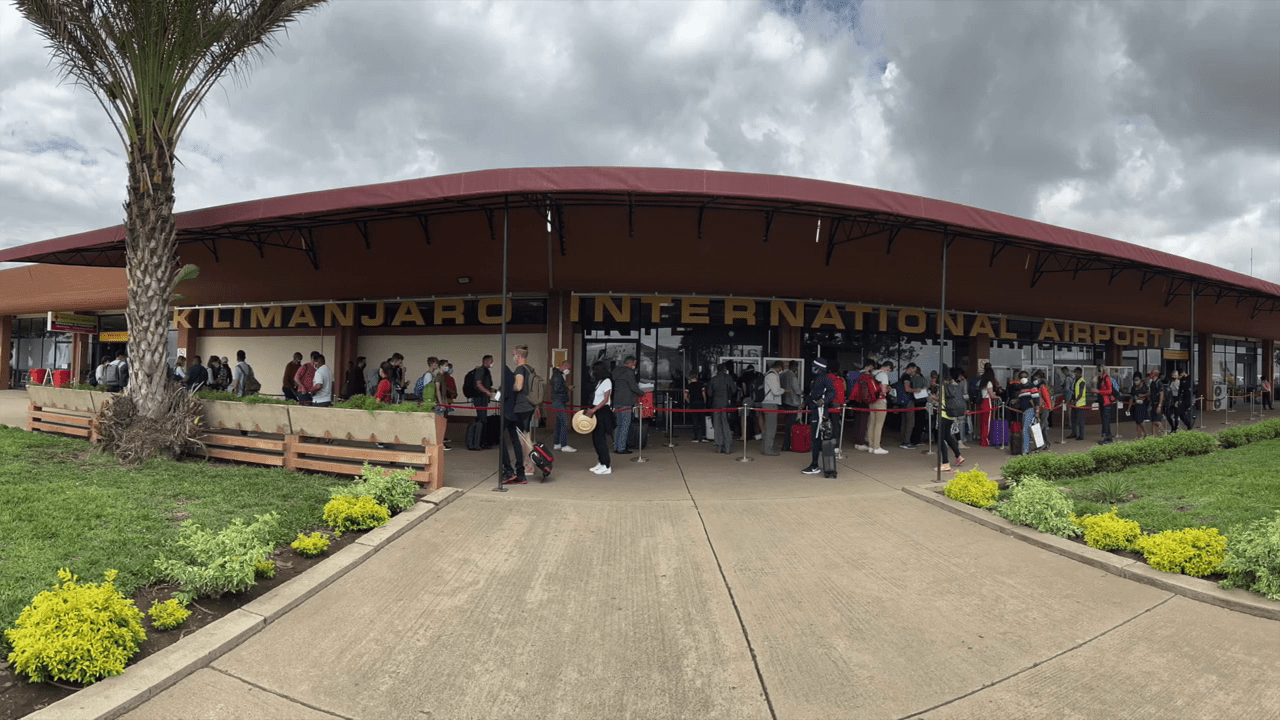
Are Guides Readily Available in Tanzania Without Prior Booking?
Are Guides Readily Available in Tanzania Without Prior Booking? Introduction: Should You Risk Climbing Without Pre-Booking? Climbing Mount Kilimanjaro is a dream for many adventurers.
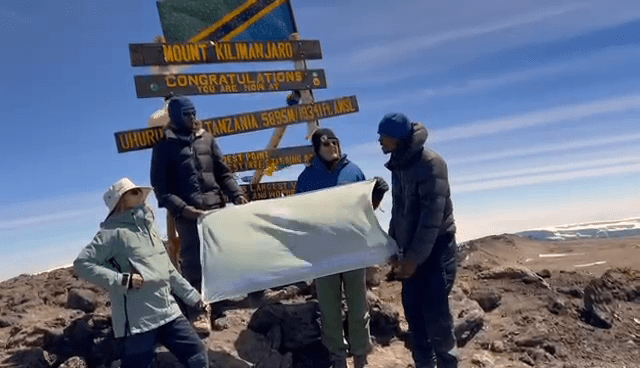
How Can I Find a Reliable Local Guide for My Kilimanjaro Expedition?
How Can I Find a Reliable Local Guide for My Kilimanjaro Expedition? Introduction: Why the Right Guide Is Key to Kilimanjaro Success Climbing Mount Kilimanjaro
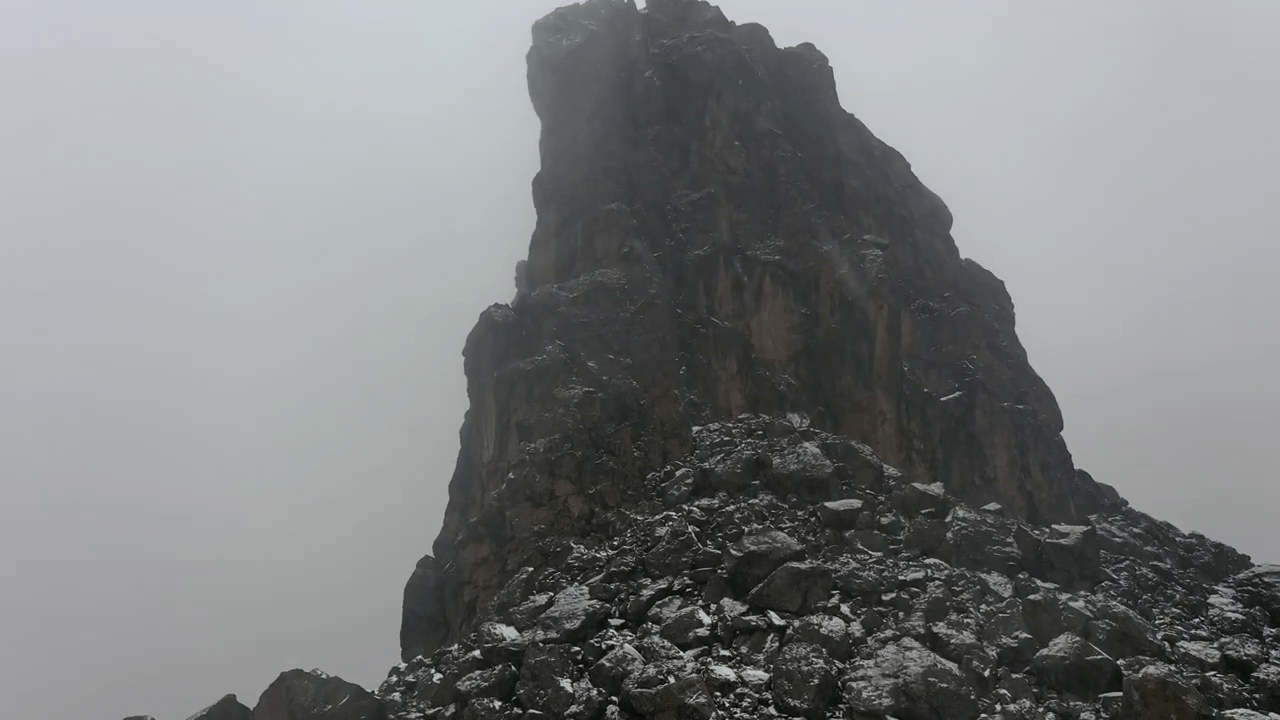
Is Climbing Kilimanjaro Dangerous for Individuals Without Mountaineering Experience?
Is Climbing Kilimanjaro Dangerous for Individuals Without Mountaineering Experience? Introduction: The Myth of Danger and Experience Many aspiring adventurers wonder if climbing Mount Kilimanjaro is
